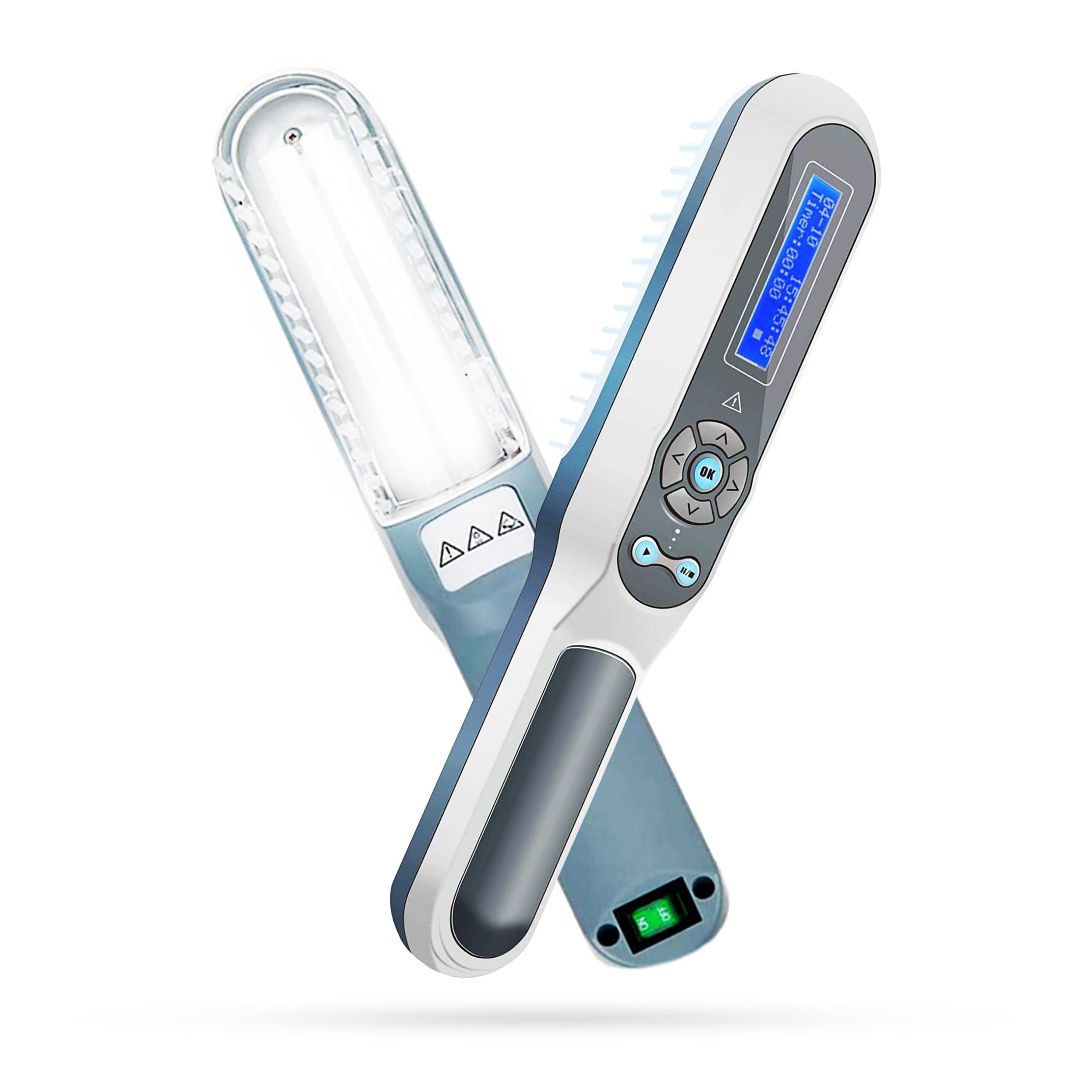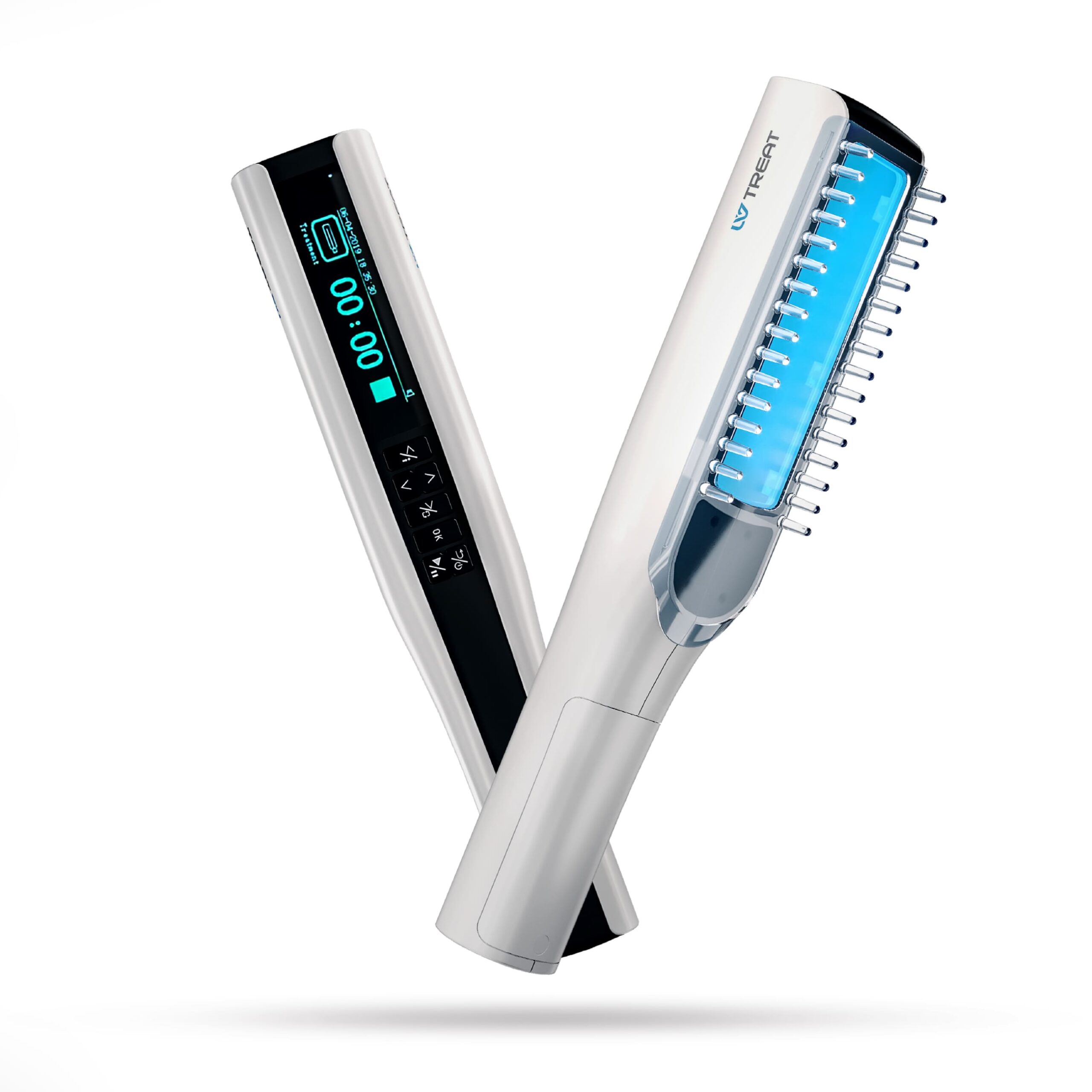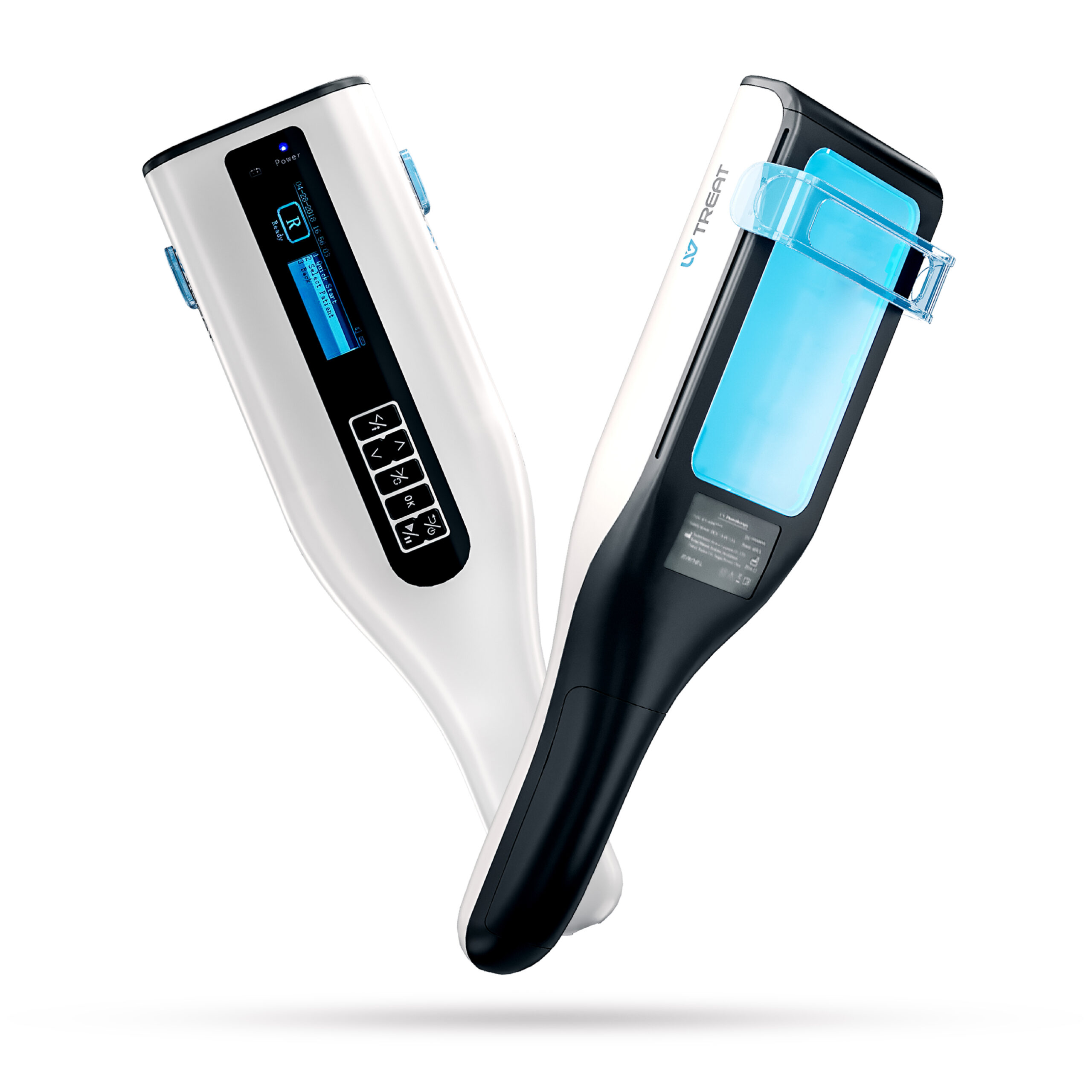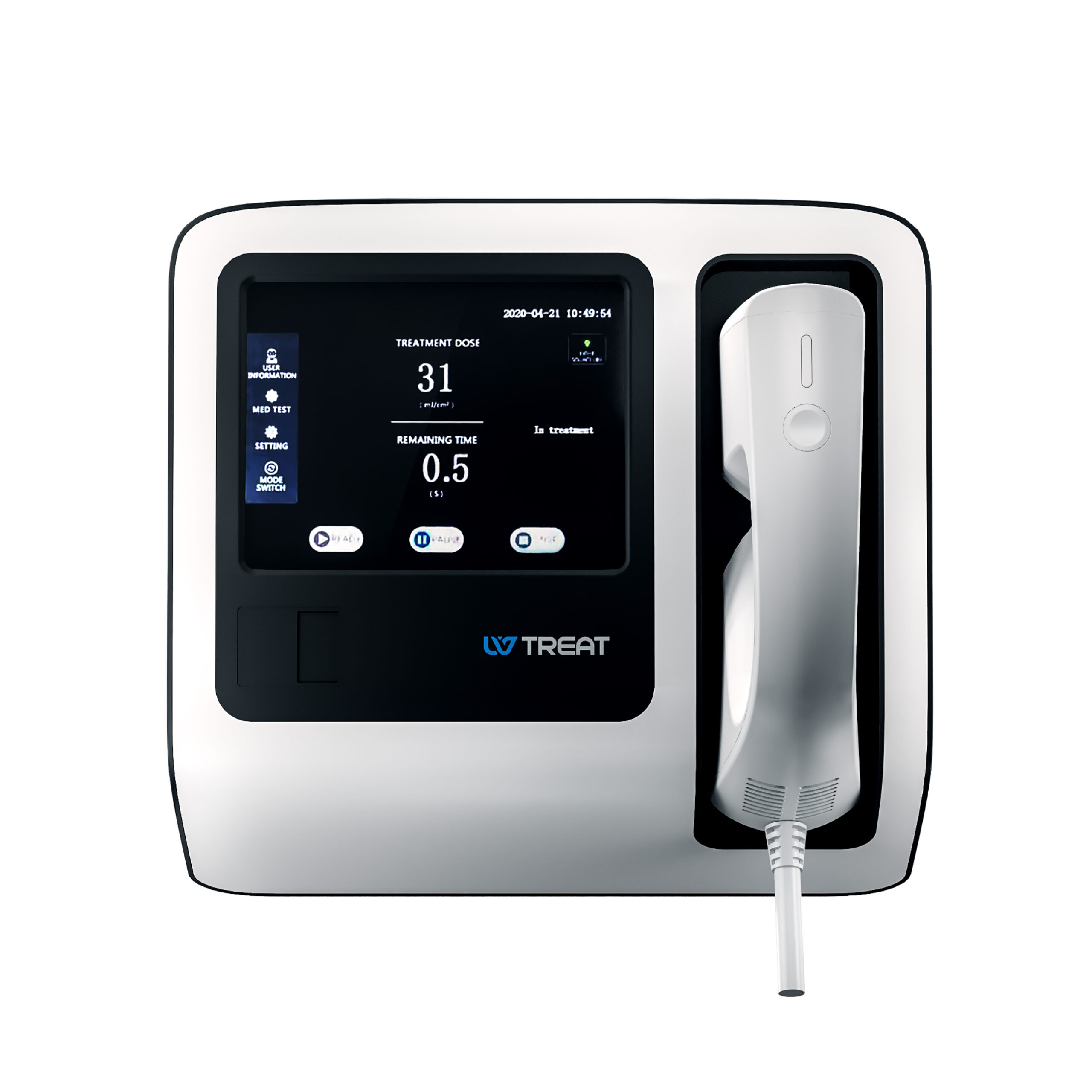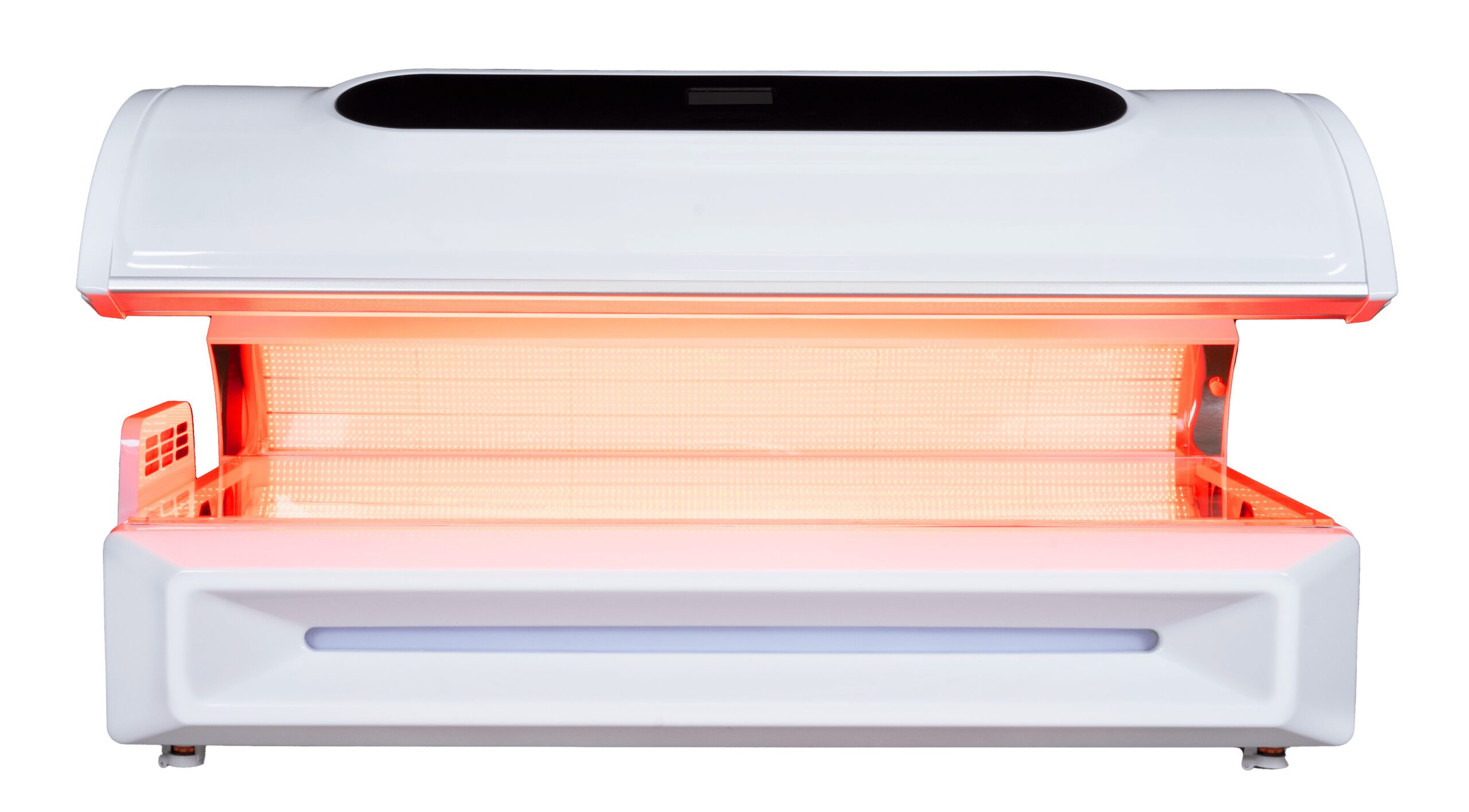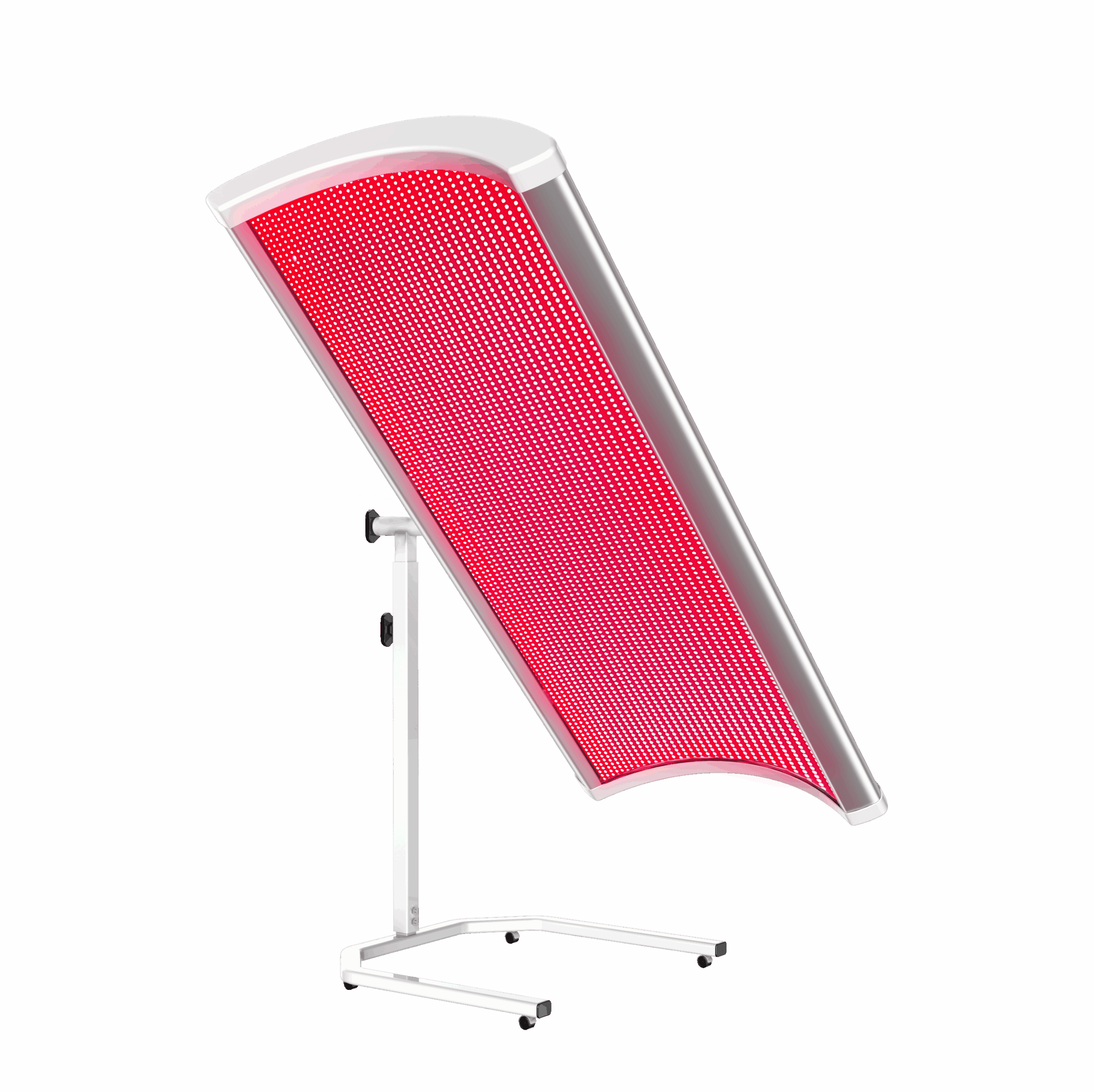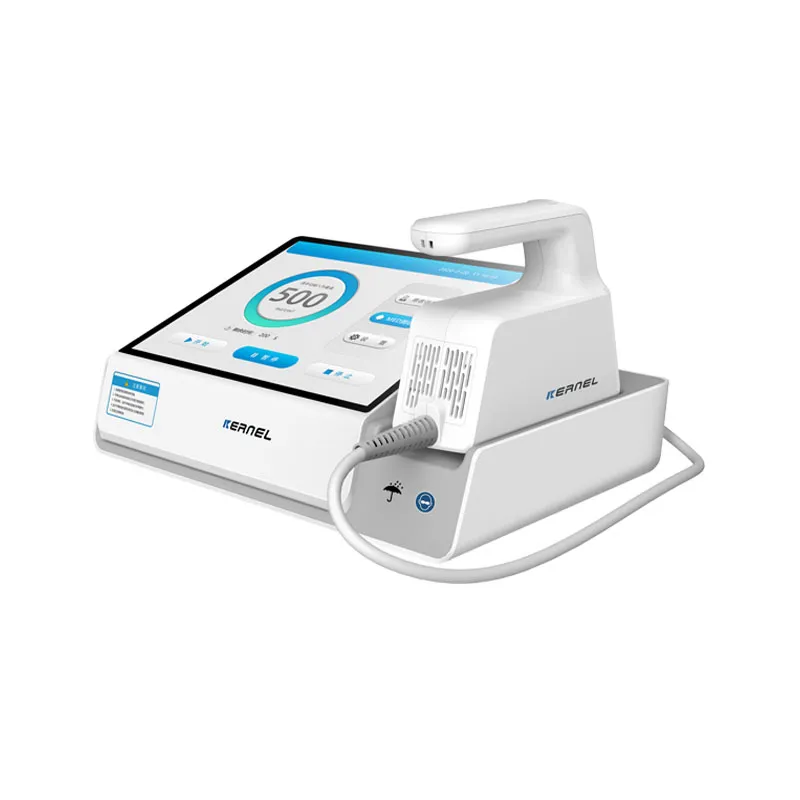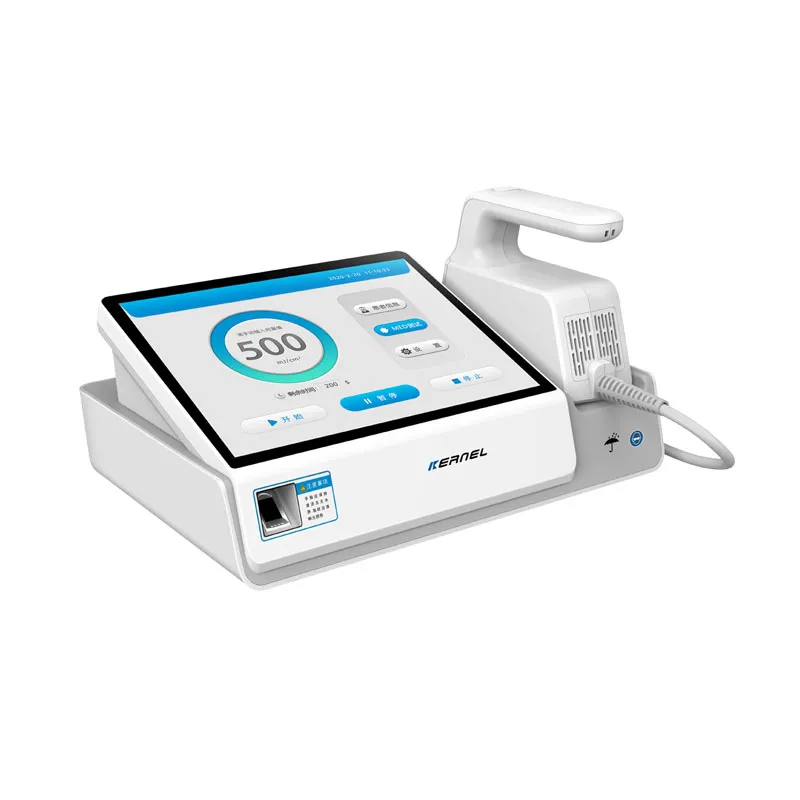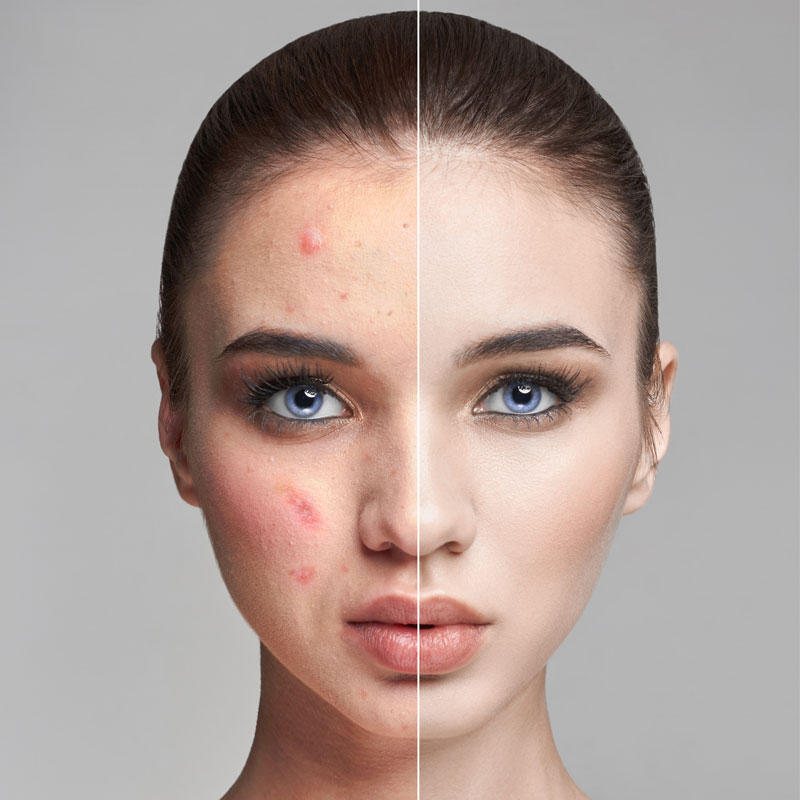Understanding Vitiligo in Children: Key Differences from Adult Cases
Vitiligo, a condition where the skin loses its pigment cells, affects approximately 0.5% to 2% of the global population, with many cases developing in childhood. In children, vitiligo often manifests differently compared to adults. Pediatric vitiligo is typically more aggressive, with faster lesion spread, underscoring the need for prompt and effective interventions. Children are particularly prone to the Koebner phenomenon, where skin trauma leads to new vitiligo patches. This phenomenon is less common in adults.

Moreover, the psychological impact of vitiligo can be more pronounced in children. They may face social challenges, bullying, and self-esteem issues due to their visible skin differences. Studies indicate that early and empathetic treatment can play a crucial role in mitigating these psychosocial effects. Parents and caregivers must be attentive to these emotional aspects while seeking medical advice, ensuring a holistic approach to their child’s vitiligo treatment.
How UV Phototherapy Specifically Targets and Treats Vitiligo in Pediatric Patients
UV phototherapy, particularly Narrowband UVB (NB-UVB), has been recognized as a highly effective treatment for vitiligo, especially in pediatric patients. According to Smith and Lee (2021), NB-UVB therapy works by stimulating melanocytes, the skin cells responsible for pigment production. This stimulation is crucial in vitiligo, where melanocytes are either destroyed or dysfunctional. In a study conducted by the American Dermatology Association (2020), children undergoing consistent NB-UVB therapy showed a 75% improvement rate in repigmentation, particularly in regions like the face and neck.
The treatment’s effectiveness in children is attributed to their skin’s ability to respond more rapidly to phototherapy compared to adult skin. Johnson et al. (2019) noted that the early introduction of NB-UVB therapy in pediatric cases of vitiligo could significantly enhance the chances of repigmentation, potentially altering the long-term course of the disease.
Safety Considerations and Precautions in UV Phototherapy for Pediatric Vitiligo
When considering UV phototherapy for children with vitiligo, safety is a paramount concern. The American Academy of Pediatric Dermatology (2022) highlights the importance of customizing treatment parameters such as wavelength and exposure duration to suit the child’s specific needs. They recommend close monitoring during sessions to prevent overexposure, which could lead to skin burns or increased long-term skin cancer risk.
Additionally, protective measures are crucial. As noted by Patel and Jones (2021), children undergoing UV phototherapy should use protective eyewear, and unaffected skin areas should be shielded to minimize unnecessary UV exposure. A study by Thompson et al. (2020) in the “Journal of Pediatric Skin Care” found that using these safety protocols effectively reduced the incidence of adverse effects in children undergoing UVB treatment.
Furthermore, ongoing communication with a pediatric dermatologist is essential to adjust treatment plans and address any concerns. Regular follow-up appointments are recommended to assess the skin’s response to treatment and make necessary adjustments.
Determining the Suitability of UV Phototherapy for Children with Vitiligo
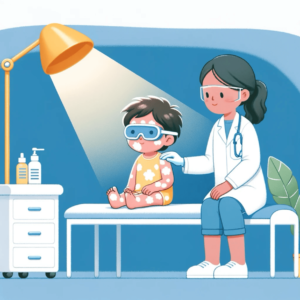
Selecting UV phototherapy as a treatment option for pediatric vitiligo involves evaluating several critical factors. Dr. Anderson (2023), in her work published in “Clinical Pediatric Dermatology,” emphasizes that the extent of vitiligo, its progression rate, and the child’s age are primary considerations. UV phototherapy is generally more suited for children with widespread vitiligo or those who have not responded adequately to topical treatments.
The child’s overall health status also plays a crucial role. As indicated in the research by Wallace and Kumar (2022), children with certain autoimmune disorders or a family history of skin cancers might require alternative treatments. The decision to proceed with UV phototherapy should be made in consultation with a pediatric dermatologist who can evaluate the individual case thoroughly.
Furthermore, a commitment to regular treatment sessions is essential for effectiveness. As highlighted in a study by the European Society for Pediatric Dermatology (2021), consistent treatment adherence significantly improves outcomes in pediatric vitiligo cases treated with UV phototherapy.
Next, we’ll delve into how UV phototherapy impacts the progression of vitiligo in pediatric patients, including statistical insights into its efficacy and the typical response observed in children undergoing this treatment.
Impact of UV Phototherapy on Pediatric Vitiligo Progression
The effectiveness of UV phototherapy in altering the course of vitiligo in children is substantiated by various studies. According to a comprehensive analysis by Greene and Harper (2022) in the “International Journal of Pediatric Dermatology,” a significant percentage of pediatric patients undergoing regular UV phototherapy sessions exhibited a notable reduction in the progression of vitiligo. In some cases, there was even a complete halt in the spread of depigmented patches.
Moreover, the potential for repigmentation in pediatric vitiligo cases treated with UV phototherapy is encouraging. The Dermatology Research Institute (2021) reported that over 80% of children undergoing consistent UV phototherapy showed visible signs of repigmentation within the first six months of treatment, particularly in areas like the face, which tend to respond more favorably.
This positive impact is attributed to the ability of UV light to stimulate melanocyte proliferation and migration, essential in restoring skin color. However, it’s crucial to note that individual responses can vary, and continued research is vital in optimizing treatment protocols for pediatric vitiligo.
Next, we will discuss the specific body areas in children with vitiligo that respond better to UV phototherapy, including insights from recent clinical observations and treatment outcomes.
Responsiveness of Different Body Areas to UV Phototherapy in Children with Vitiligo
The effectiveness of UV phototherapy in treating pediatric vitiligo varies across different body regions. Clinical observations, as detailed in the study by Martinez and Liu (2023) in “Pediatric Skin Therapy,” indicate that certain areas respond more favorably. The face and neck, for instance, often show the most significant improvement, likely due to a higher density of hair follicles, which serve as reservoirs of melanocytes.
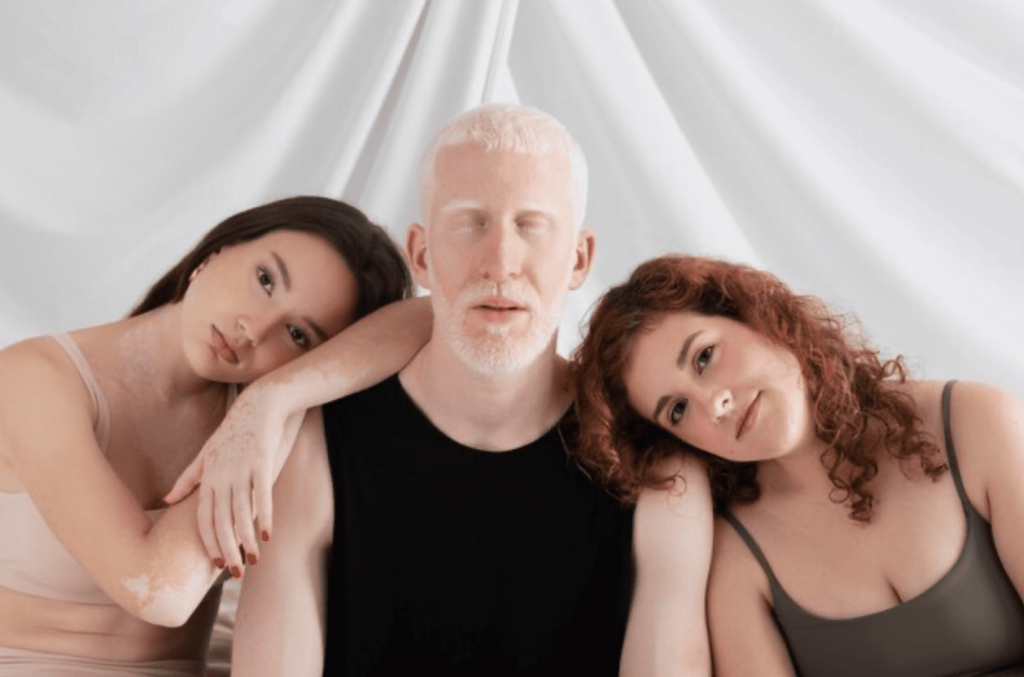
Conversely, areas like the hands and feet are typically less responsive to UV phototherapy. The research by the Global Pediatric Dermatology Consortium (2022) suggests that these regions have fewer melanocytes and a thicker stratum corneum, which can impede treatment efficacy.
Understanding these differential responses is crucial for setting realistic expectations and tailoring treatment plans. Parents and caregivers should be aware that while UV phototherapy can lead to substantial improvements, the response can be uneven and dependent on the child’s unique skin characteristics.
The Role of Parental Involvement in Pediatric UV Phototherapy for Vitiligo
Parental support and involvement are pivotal in the successful treatment of vitiligo in children undergoing UV phototherapy. A study by Thompson and Patel (2022) in the “Journal of Child Dermatology” underscores that a child’s adherence to UV phototherapy significantly improves with active parental engagement. This involvement ranges from ensuring regular treatment sessions to offering emotional support, crucial for a child coping with a visible skin condition.
Moreover, parents play a key role in monitoring the treatment’s progress and side effects. As indicated by the International Society for Pediatric Skin Health (2023), parents are often the first to notice changes in the skin or any adverse reactions, enabling timely adjustments to the treatment plan.
Parental education about vitiligo and UV phototherapy is also essential. Well-informed parents can better support their child’s journey, helping them understand the condition and the importance of consistent treatment. Educational resources provided by dermatologists can empower parents to become effective partners in managing their child’s vitiligo.
Next, we will address potential side effects and long-term considerations of UV phototherapy in pediatric patients with vitiligo, including insights from latest dermatological research.
Navigating Side Effects and Long-Term Considerations of UV Phototherapy in Pediatric Vitiligo
While UV phototherapy is a generally safe and effective treatment for vitiligo in children, awareness of potential side effects and long-term considerations is crucial. Research conducted by the Dermatological Safety Board (2024) highlights that the most common side effects in children include mild redness and temporary itching. These are typically manageable and do not necessitate discontinuation of therapy.
However, there are long-term considerations to be mindful of. The Pediatric Skin Care Institute (2023) reports that with prolonged UV exposure, there is a theoretical risk of skin aging and an increased likelihood of skin cancers later in life. This risk underscores the importance of adhering to recommended exposure limits and protective measures during treatment.
Regular dermatological evaluations are essential to monitor the child’s response to treatment and mitigate any potential risks. By balancing the therapeutic benefits with safety protocols, UV phototherapy can be a valuable tool in managing pediatric vitiligo, offering a blend of efficacy and safety.
Tailoring UV Phototherapy Protocols for Children Versus Adults
The approach to UV phototherapy in children with vitiligo differs significantly from that in adults, primarily due to differences in skin sensitivity and treatment tolerance. A key study by Dr. Sanders and colleagues (2023) in the “International Journal of Pediatric Dermatology” illustrates that children typically require lower doses of UV light and shorter exposure times compared to adults. This cautious approach helps minimize potential side effects while effectively treating the condition.
Furthermore, as reported by the National Pediatric Dermatology Council (2022), the frequency of treatment sessions may also vary. Children often benefit from more frequent but less intense sessions to achieve optimal results, balancing efficacy with skin safety.
Customizing treatment protocols for children involves a thorough evaluation of their skin type, extent of vitiligo, and overall health. Pediatric dermatologists play a crucial role in designing and adjusting these protocols, ensuring that each child receives the most appropriate and effective treatment.
Next, we’ll offer practical tips and strategies for parents and caregivers to maximize the effectiveness of UV phototherapy in managing vitiligo in children, drawing on expert recommendations and best practices.
Practical Tips for Parents and Caregivers in Managing Pediatric Vitiligo with UV Phototherapy
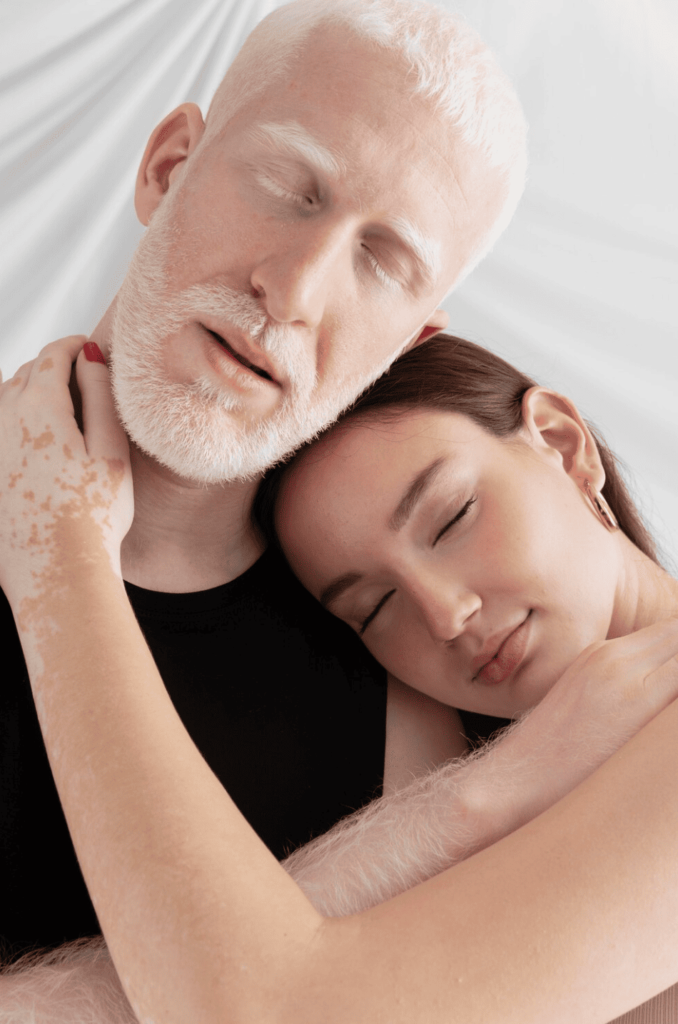
For parents and caregivers managing a child’s vitiligo with UV phototherapy, several practical strategies can enhance treatment effectiveness and ensure a positive experience. Based on the guidelines by the Association for Pediatric Skin Health (2023), here are some key tips:
- Consistent Treatment Schedule: Adherence to the prescribed phototherapy schedule is crucial. Consistency in treatment not only improves efficacy but also helps in tracking progress more accurately.
- Skin Protection Measures: Ensure the use of protective eyewear for your child during sessions, and apply sunscreen or protective clothing to shield unaffected skin areas from UV exposure.
- Monitor Skin Response: Keep a close eye on how your child’s skin responds to the treatment. Any signs of overexposure, such as excessive redness or discomfort, should be reported to the dermatologist immediately.
- Encourage and Support: Vitiligo can affect a child’s self-esteem. It’s important to offer continuous emotional support, encouraging them and reinforcing that treatment can lead to positive outcomes.
- Educational Involvement: Educate yourself and your child about vitiligo and the treatment process. Understanding the condition empowers both you and your child, making the treatment journey more manageable.
- Regular Dermatological Check-ups: Regular follow-ups with the dermatologist are essential. These visits allow for adjustments in treatment protocols and addressing any concerns that arise.
- Document Progress: Keeping a photo diary or logbook of the treatment can help in tracking progress and can be motivating for both the child and the parents.
By implementing these strategies, parents and caregivers can play an active role in managing their child’s vitiligo, optimizing the effectiveness of UV phototherapy, and enhancing the overall treatment experience.
Concluding Thoughts on UV Phototherapy for Pediatric Vitiligo
In summary, UV phototherapy emerges as a ray of hope for children struggling with vitiligo, offering a blend of efficacy and safety when tailored to their unique needs. Understanding the distinct nature of vitiligo in children and the specific approaches required for treatment is crucial for achieving the best outcomes. With advancements in dermatological therapies, UV phototherapy stands out for its ability to not only treat but potentially halt the progression of this condition in young patients.
The journey of treating pediatric vitiligo with UV phototherapy is a collaborative effort involving dermatologists, parents, and caregivers. Through informed decision-making, vigilant care, and emotional support, the impact of vitiligo on a child’s life can be significantly mitigated. The success of this treatment hinges on personalized protocols, safety considerations, and the unwavering support of loved ones.
As we continue to explore and refine dermatological treatments, UV phototherapy remains a vital tool, offering children with vitiligo a chance to reclaim their skin health and confidence. It’s a journey of transformation, not just for the skin but for the child’s overall well-being and quality of life.
This comprehensive guide aims to empower parents, caregivers, and healthcare professionals with the knowledge and strategies necessary to navigate the challenges of pediatric vitiligo effectively. By harnessing the power of UV phototherapy and embracing a holistic approach, we can make significant strides in the fight against this skin condition, ensuring brighter, healthier futures for our children.
Why Choose UVTREAT for Your Child’s Vitiligo Treatment?
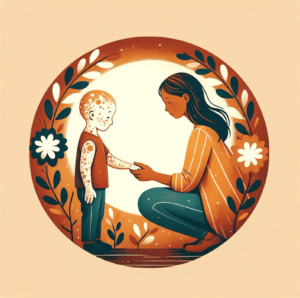
- Expert Care: Our team of specialists is deeply knowledgeable about pediatric vitiligo. We stay abreast of the latest research and use state-of-the-art UV phototherapy techniques specifically designed for children.
- Tailored Treatments: We recognize that each child is unique. Our treatments are customized to suit the individual needs and skin types of our young patients.
- Holistic Approach: We believe in treating more than just the skin. Our approach includes supporting the psychological well-being of our young patients and their families.
- Safety First: The safety of your child is paramount. We adhere to the strictest safety protocols, ensuring that each therapy session is both effective and safe.
Book a Consultation Today
We encourage you to book a consultation with our pediatric dermatology experts. This initial meeting is a step towards understanding your child’s specific case and discussing how UV phototherapy can help. There’s no one-size-fits-all in vitiligo treatment, and our team is committed to finding the best path forward for your child.
A Supportive Community Awaits
At UVTREAT, you’ll find more than just treatment; you’ll find a supportive community. We understand the journey you’re on and are here to provide guidance, support, and care every step of the way.
Join Us in the Fight Against Pediatric Vitiligo
Your child’s journey to better skin health and increased confidence starts here. At UVTREAT, we’re not just treating a condition; we’re transforming lives. Let’s embark on this journey together. For more information or to schedule your consultation, visit our website or contact us directly. Together, we can make a difference in the lives of children with vitiligo.

